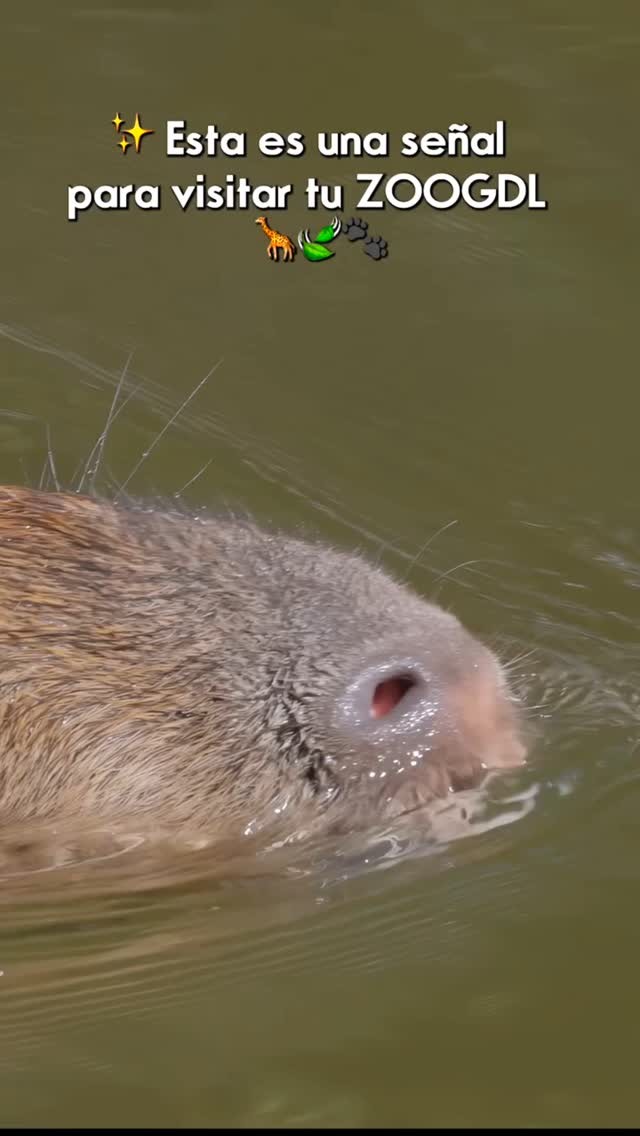- Understanding the significance and impact of social media campaigns in wildlife conservation and zoo outreach.
- Exploring the role of visitor engagement and active participation in enhancing zoo management practices.
- Connecting the importance of animal care and habitat conservation through engaging digital initiatives.
- The potential benefits of digital media for raising awareness and educating the public about zoology and wildlife conservation.
- Analyzing strategies for improving public interaction and support for zoos via online platforms.
In recent years, digital media has become a potent tool for communication and engagement, particularly in the fields of wildlife conservation and zoo management. The Instagram campaign “Toma esto como una señal: ¡Te esperamos!” serves as a prime example of how online platforms can be effectively utilized to foster a deeper connection between zoos and the public. By examining the impact and methodologies behind such initiatives, we can gain insight into the evolving landscape of wildlife conservation efforts and visitor engagement.
Understanding the significance and impact of social media campaigns in wildlife conservation and zoo outreach cannot be overstated. Campaigns like “Toma esto como una señal: ¡Te esperamos!” leverage the expansive reach of platforms like Instagram to inspire and mobilize audiences. By offering a call to action, such as saving a reel and tagging a friend, these campaigns gain momentum through user-generated content, which amplifies their message across broader networks. This engagement strategy is essential for raising awareness about important conservation issues and encouraging people to participate actively in wildlife preservation efforts. Furthermore, social media provides an interactive space for organizations to share updates, celebrate successes, and highlight the work being done to protect endangered species and preserve biodiversity.
Visitor engagement and active participation are critical components of successful zoo management practices. Zoos play a fundamental role in educating the public about the natural world, and fostering a connection between visitors and the animals in their care is crucial for achieving conservation goals. Through interactive digital campaigns, zoos can encourage people to become ambassadors for wildlife, sparking enthusiasm and interest in animal care and conservation. Encouraging visitors to share their experiences and knowledge with their networks significantly bolsters a zoo’s capacity to influence public perception positively. Engaged visitors are more likely to become repeat guests, contributing both financially and through advocacy to the zoo’s mission.
Connecting the importance of animal care and habitat conservation with engaging digital initiatives requires a strategic approach. Zoos focus on creating enriching environments for their animals, ensuring that each species’ physical, psychological, and social needs are met. However, it is equally important to extend this care paradigm to conservation messaging aimed at the public. Digital initiatives serve as a bridge to communicate the significance of habitats, the urgency of conservation actions, and the role individual visitors can play in supporting these efforts. Such initiatives can feature behind-the-scenes glimpses of animal care routines, conservation projects, and educational content that explains the science behind zoo management.
The potential benefits of digital media for raising awareness and educating the public about zoology and wildlife conservation are immense. Digital platforms reach diverse and global audiences, offering a unique opportunity to educate people through engaging multimedia content. By sharing stories of animal behaviors, conservation successes, and ecological challenges, zoos can inspire a sense of wonder and responsibility among audiences. Informative videos, infographics, and interactive posts can simplify complex information, making it accessible and interesting for audiences of all ages and backgrounds. This digital accessibility encourages a wider demographic to engage with conservation efforts, ultimately fostering a more informed and supportive public.
Analyzing strategies for improving public interaction and support for zoos via online platforms involves recognizing the potential of digital outreach. Successful campaigns often utilize a combination of emotional appeal, educational content, and community building to maintain the interest and involvement of their audiences. Strategies include highlighting individual animals as ambassadors for conservation issues, showcasing success stories of rescued or rehabilitated wildlife, and offering virtual tours and experiences that can be accessed from anywhere in the world. By creating content that resonates with viewers on a personal level, zoos can cultivate a loyal following that actively participates in conservation initiatives, attends zoo events, and contributes to fundraising efforts.
In conclusion, the digital age presents significant opportunities for zoos and wildlife conservation organizations to engage and educate the public. Campaigns like "Toma esto como una señal: ¡Te esperamos!" exemplify the efficacy of utilizing digital media to enhance public awareness and support. By focusing on visitor engagement, emphasizing animal care, and leveraging social media to expand reach, zoos can continue to make strides in wildlife conservation. These efforts not only support the well-being of animals but also inspire collective action to protect the natural world for future generations. Through ongoing digital innovation and strategic initiatives, zoos remain essential players in the global conservation movement.
*****
Source Description
Toma esto como una señal: ¡Te esperamos!
🐾✨
🔁 Guarda este reel y etiqueta a quien te debe la visita. 💛


